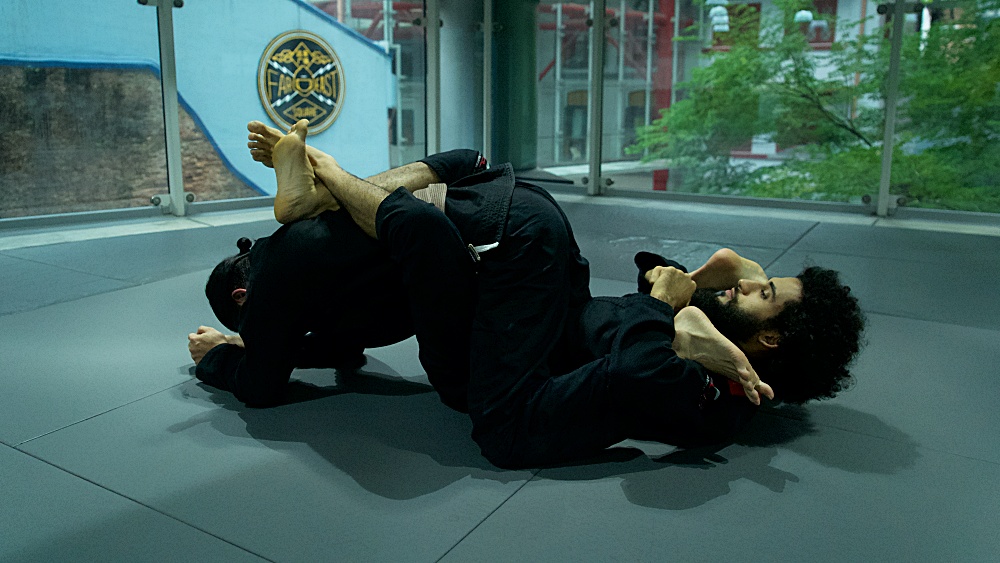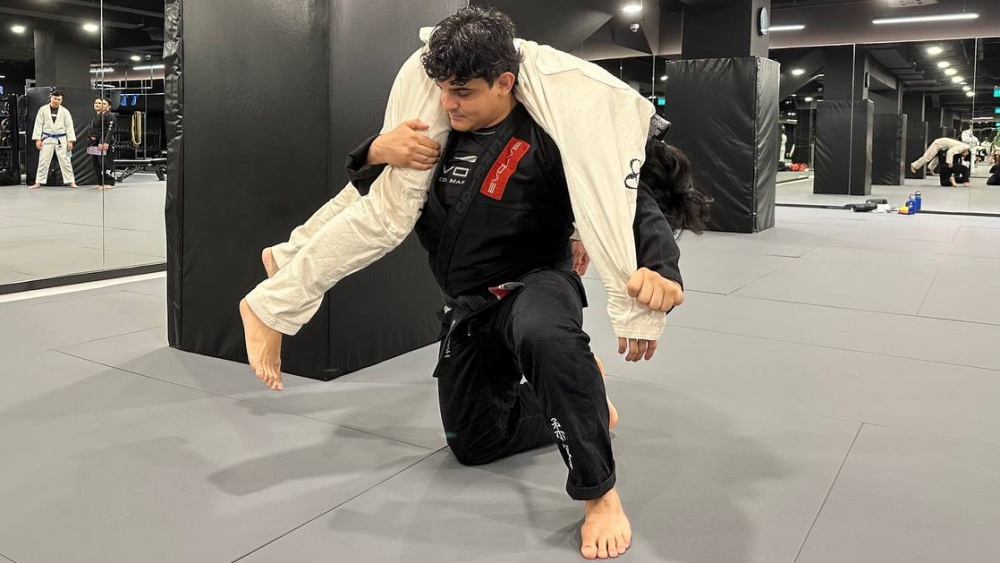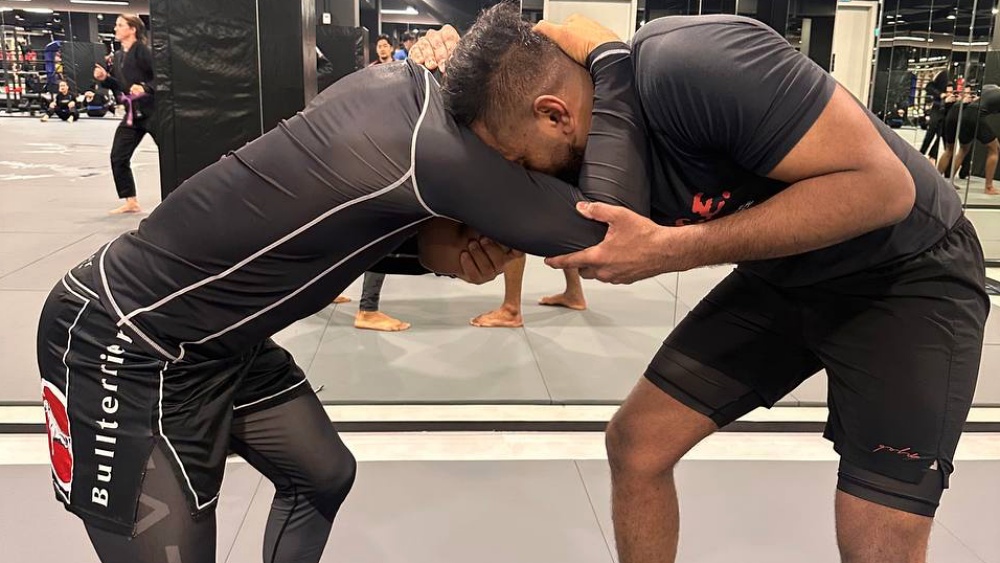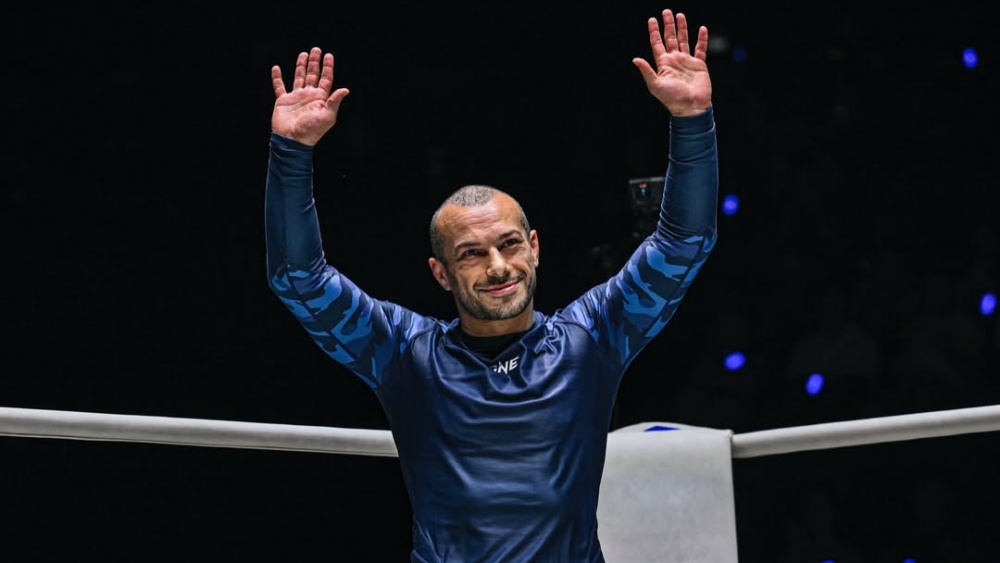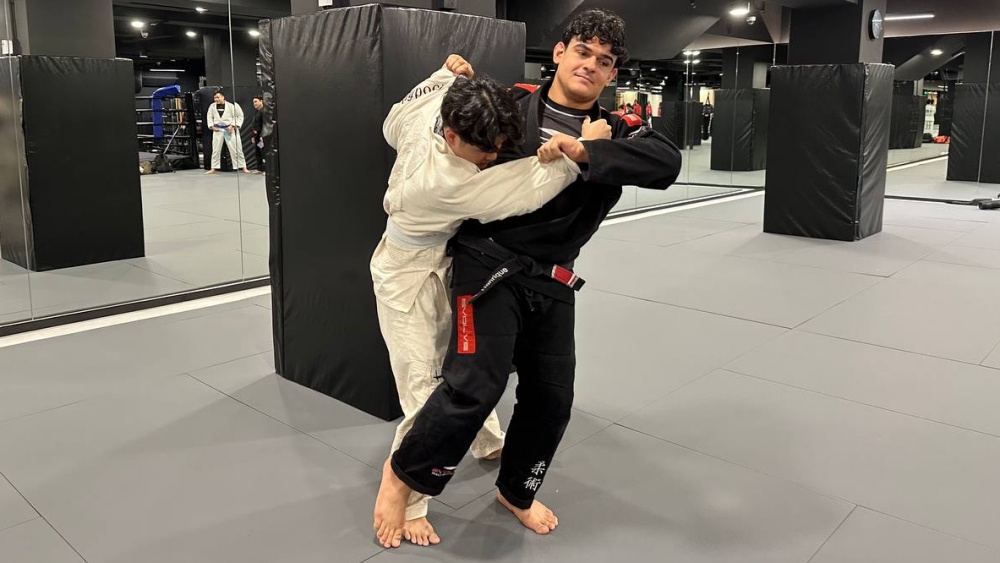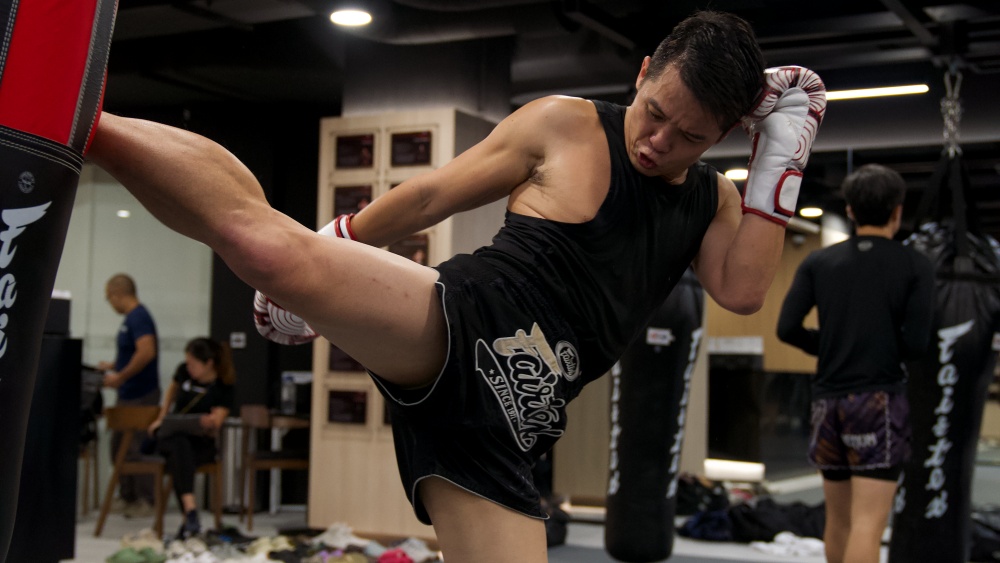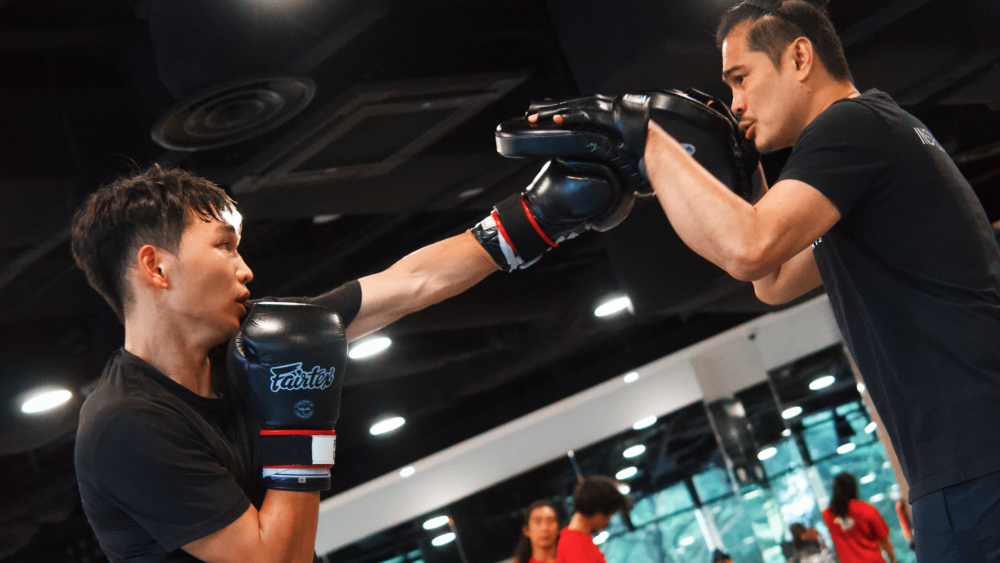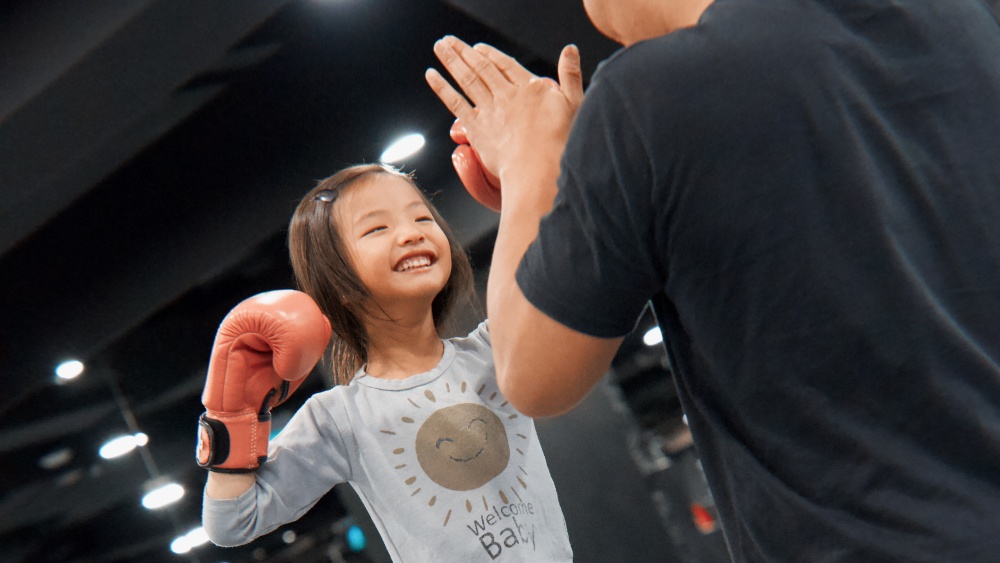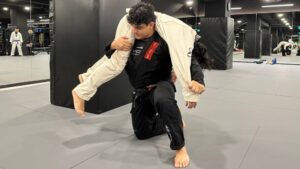Brazilian Jiu-Jitsu is a martial art that emphasizes ground fighting and grappling. One of the critical aspects of BJJ is the guard position, a fundamental part of the game where a practitioner uses their legs and hips to control their opponent from the bottom position. There are numerous guards available for different positions, many of which are traditional, while others can be described as unorthodox. This article talks about the reverse closed guard, a not-so-traditional guard that can make you a menace on the mats.
Understanding The Guard Position In Brazilian Jiu-Jitsu
Before diving into the specifics of the reverse closed guard, it’s important to understand the general concept of the guard in BJJ. The guard position involves the practitioner on their back or hips using their legs to control their opponent, who is on top. The primary purpose of the guard is to prevent the opponent from advancing to a more dominant position while creating opportunities for sweeps, submissions, and transitions. What makes Brazilian Jiu-Jitsu highly effective is that it is one of the very few martial arts that places heavy emphasis on the guard, thus making it an amazing position for attacks.
There are several types of guards in BJJ, including the closed guard, open guard, half guard, and various hybrid guards. Each guard has its unique characteristics, strategies, and techniques. The reverse closed guard, in its very essence, is just the closed guard, where the legs are wrapped around the opponent, but the positioning is in reverse.
What Is The Reverse Closed Guard?
As mentioned, the reverse closed guard is a variation of the traditional closed guard. In the closed guard, the practitioner wraps their legs around their opponent’s waist and locks their ankles together behind their back, creating a secure control. In the reverse closed guard, the practitioner still uses their legs to control their opponent, but with a different configuration.
In the reverse closed guard, the practitioner positions themselves with their head looking toward the opponent’s legs rather than facing them directly. This unique orientation provides different angles of attack, which makes it a great position for initiating offense. The legs are still wrapped around the opponent, but the opportunity for leg locks is almost always available.
In this video, BJJ competitor Owen Jones demonstrates his approach to the reverse closed guard. The position is not new in many respects, but Owen Jones is perhaps the best representative of the technique in the modern sense. His entries, tactics, and transitions using the reverse closed guard are absolutely beautiful to watch.
He starts by entering the reverse closed guard from the K guard, another dynamic position we encourage you to explore. From the K guard, pummel your leg to the opposite hip, and you should get to the starting position with little trouble. From here, you have the option of playing on the side or in between the opponent’s legs as you get a scoop grip to control one leg. The typical attacks you can do from this position are reversals, leg locks (especially the toehold), and transitions to other forms of leg entanglements.
Essential Mechanics Of The Reverse Closed Guard
In order to fully appreciate the value of the reverse closed guard, it is a must to break down the essential mechanics of why it is such a formidable position. Here are some of the most important mechanics of the reverse closed guard.
1) Leg Positioning
In the reverse closed guard, the attacker’s legs are securely wrapped around the opponent’s torso. This leg positioning creates substantial control over the opponent’s movement and balance. It is also super difficult to escape once it is fully locked in.
2) Movement
Movement is crucial in the reverse closed guard. The attacker is supposed to create angles, generate leverage, and maintain control as much as possible. Similar to the traditional closed guard, movement allows for better control and the ability to transition to other positions or execute submissions.
3) Grips And Control
The aforementioned scoop grip is essential in the reverse closed guard. Keeping the opponent’s legs controlled is a key component of this guard as it creates a pathway to attacking the opponent’s legs. Effective grips help manage the opponent’s movement, prevent them from escaping, and set up attacks.
Advantages Of Having An Unorthodox Game
Using techniques like the reverse closed guard is always a welcome idea as it can make your game tricky and hard to predict. Having an unorthodox game is an intelligent strategy because it not only makes your style stand out but also forces the opponent to stay on the back foot. The simple fact that many will not know how to counter the reverse closed guard makes it a valuable tool to have in your repertoire.
Training And Drilling The Reverse Closed Guard
Like any technique in BJJ, mastering the reverse closed guard requires consistent practice and drilling. Here are some tips for effectively training this guard position.
Drill Specific Techniques
Focus on drilling the key sweeps, submissions, and transitions from the reverse closed guard. Repetition will help develop muscle memory and improve execution.
- Flow Drills: Incorporate flow drills that involve transitioning between different guard positions and techniques. This will enhance your ability to fluidly move in and out of the reverse closed guard.
- Sparring Practice: Apply the reverse closed guard in live sparring sessions. This will provide real-time feedback on the effectiveness of your techniques and help identify areas for improvement.
- Study And Post Mortems: Watch instructional videos and study high-level practitioners who use the reverse closed guard. Analyze their techniques, setups, and strategies to gain insights and inspiration.
Conclusion
The reverse closed guard is a dynamic and effective position in Brazilian Jiu-Jitsu that offers a unique perspective to its user. Its control, stability, and versatility make it a valuable addition to any practitioner’s game. By understanding the mechanics, practicing the key techniques, and incorporating the reverse closed guard into your training regimen, you can enhance your overall guard game and become a more well-rounded Jiu-Jitsu practitioner.
You may also like:
Start Now: Training Brazilian Jiu-Jitsu To Overcome Procrastination
